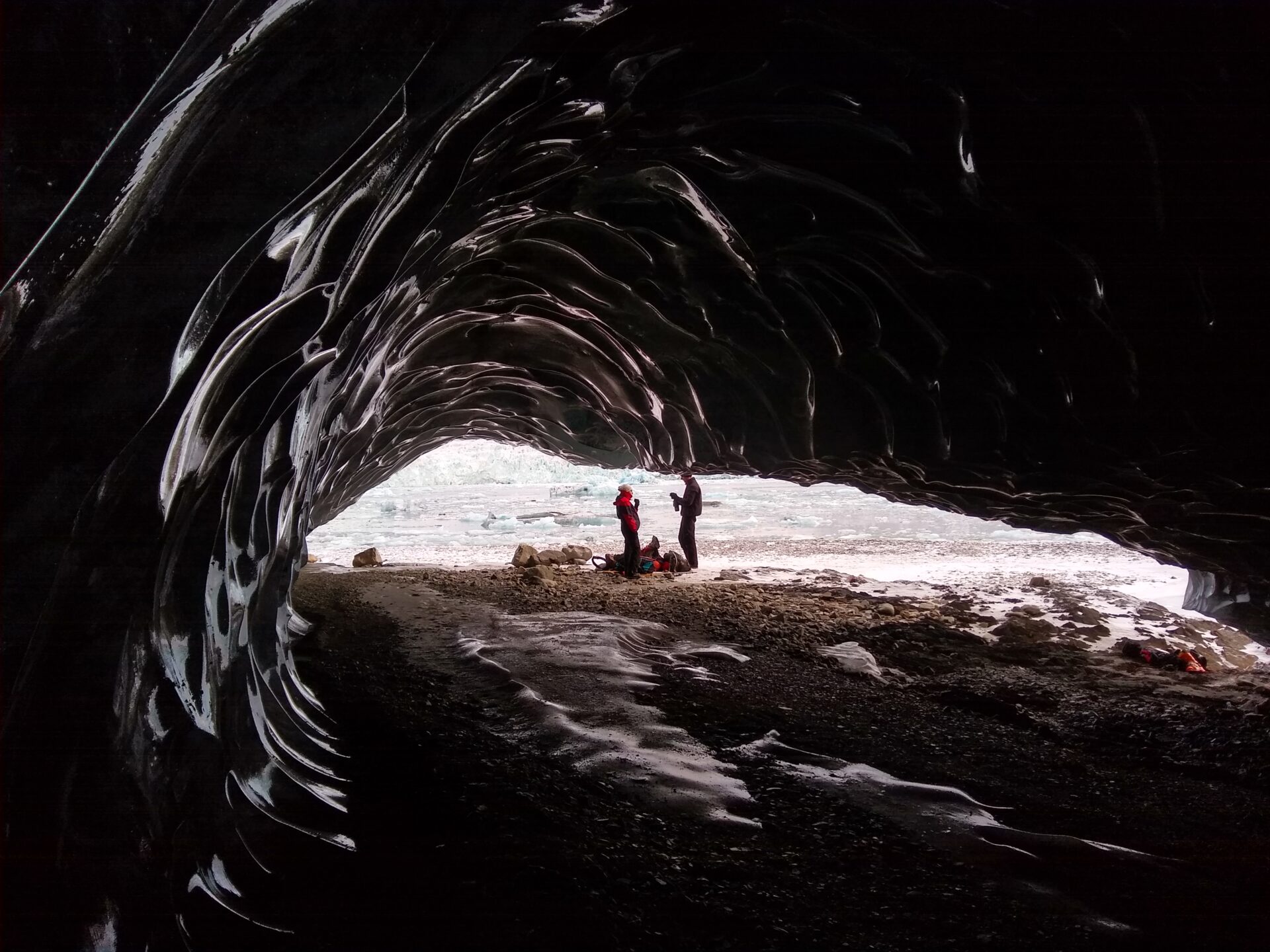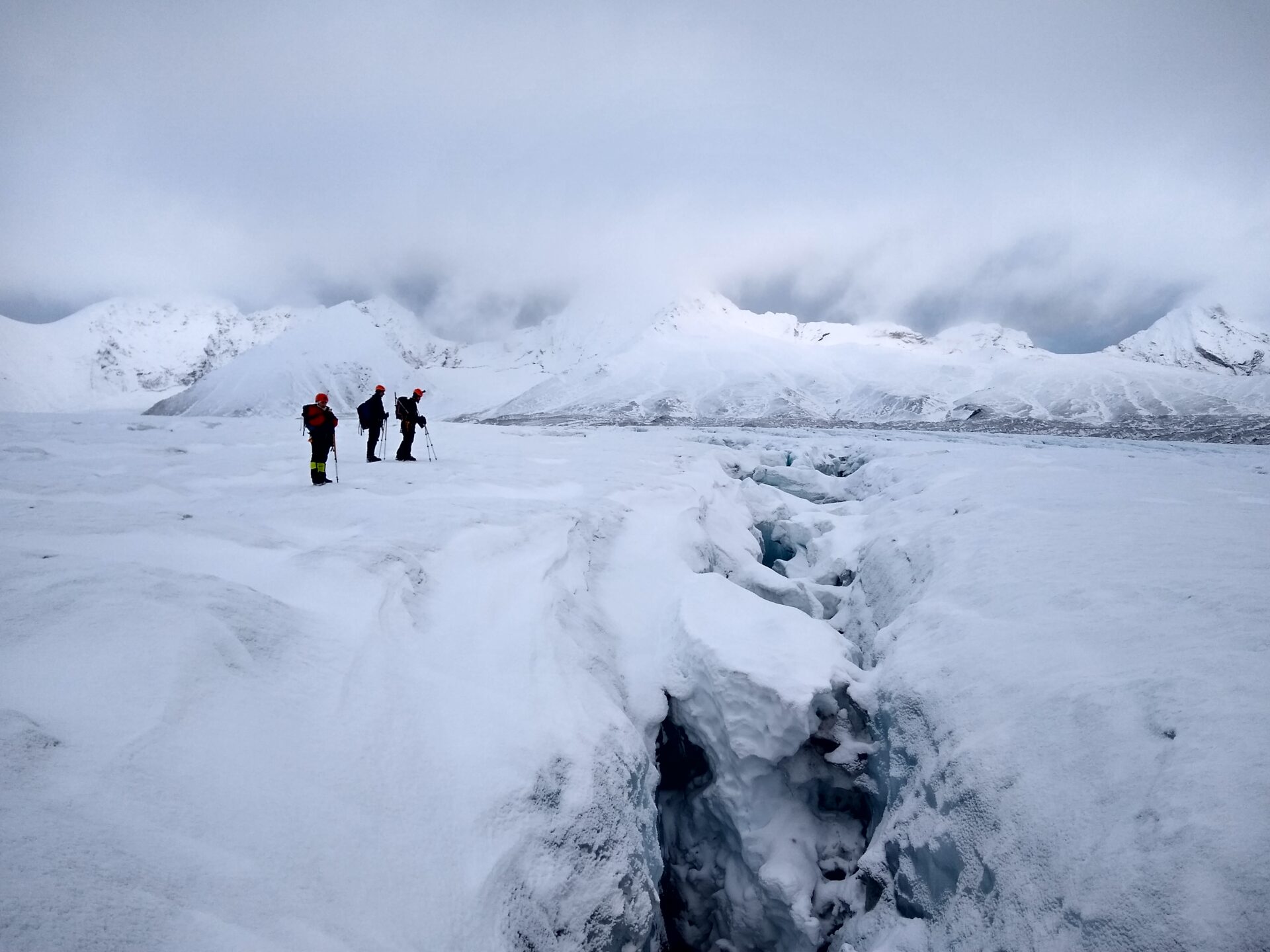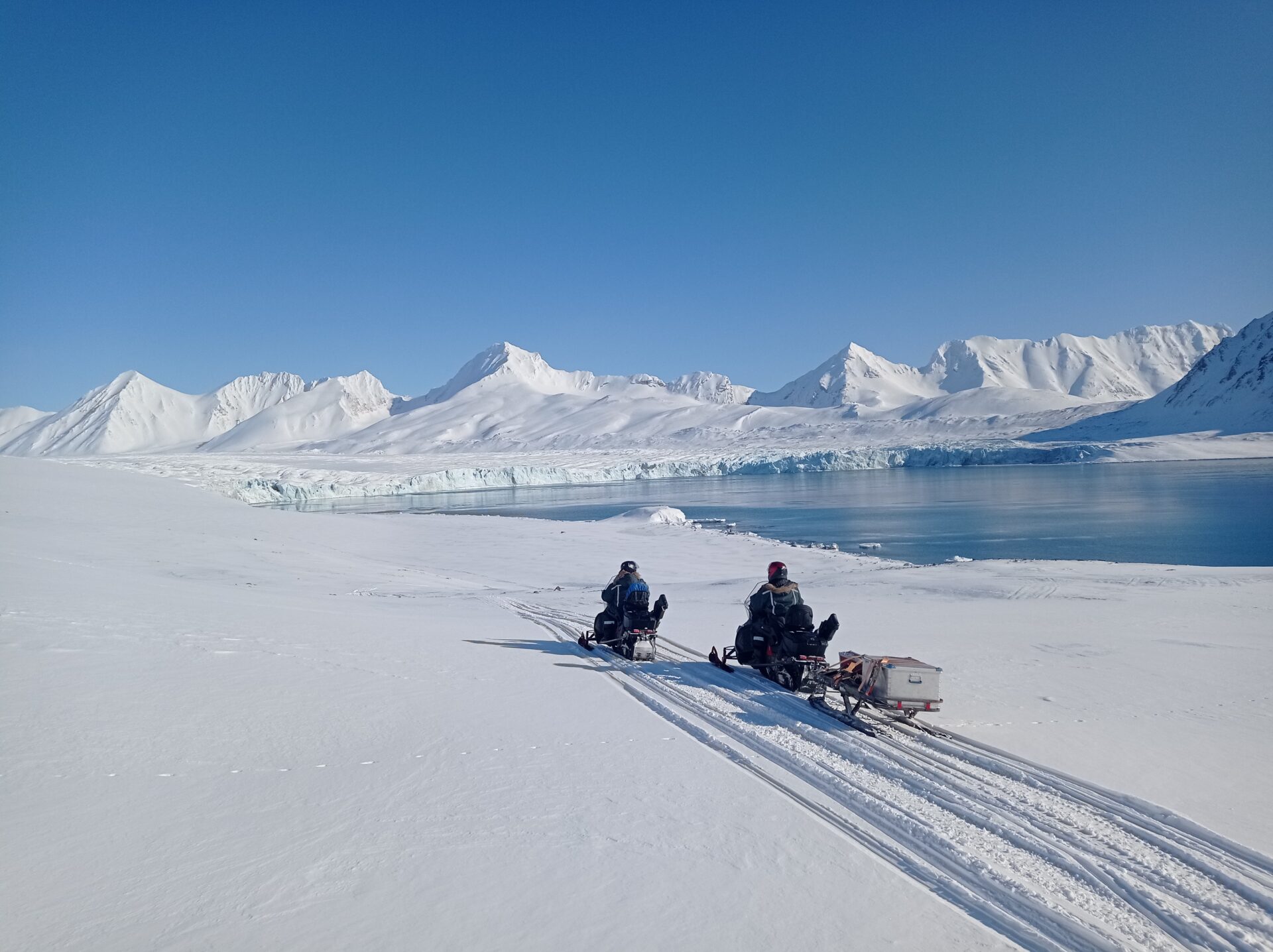Svalbard
WHERE? The Austre Brøggerbreen, situated in northwest Spitsbergen, Svalbard, is a polythermal valley glacier. Austre Brøggerbreen, once boasting a maximum ice thickness of approximately 110 m, has undergone significant mass loss over the past two decades, reducing its current area to ca. 6 km². The Werenskioldbreen is a land-terminating valley-type polythermal glacier in recession (15-25 m/year), situated in southwest Spitsbergen. The glacier has a catchment area of 44 km² with 61% glacierised. The Fuglebekken catchment is a small unglaciated catchment of ca. 1 km2 situated in the southwest Spitsbergen. It represents sea terraces and coastal mountain catchments becoming more and more common in SW Spitsbergen as a consequence of deglaciation.
WHY? In Svalbard, the local community relies on melting snow and glaciers for its water supply, while the growing town of Longyearbyen faces increasing demand due to its expanding population and activities. At the same time, changes in the cryosphere—such as glacier retreat and permafrost thaw—heighten the risk of landslides and threaten the stability of buildings and infrastructure.


